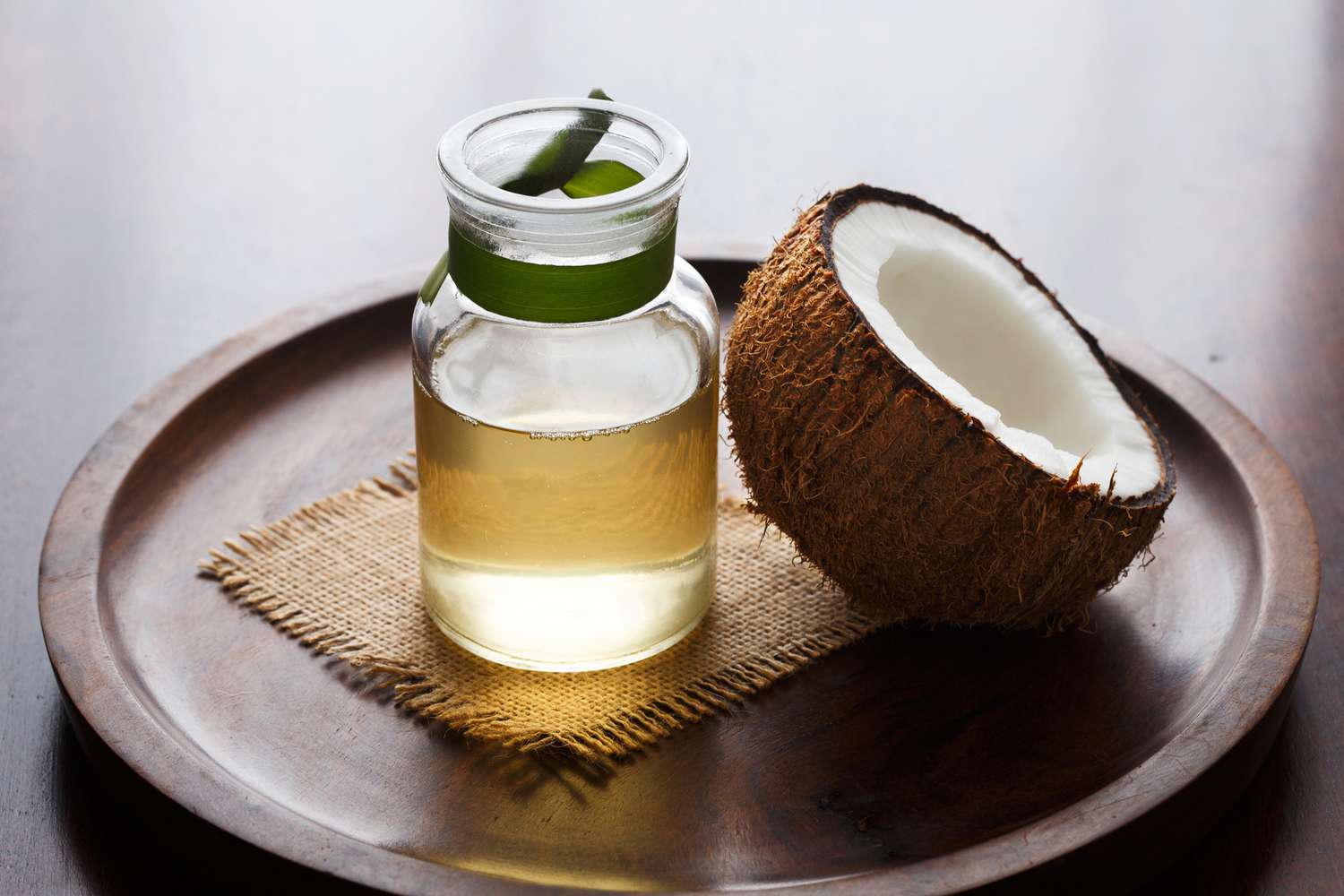

Articles
How To Store Coconut Oil After Opening
Modified: February 22, 2024
Learn the best practices to store coconut oil after opening in this informative article. Keep your coconut oil fresh and extend its shelf life with these helpful tips.
(Many of the links in this article redirect to a specific reviewed product. Your purchase of these products through affiliate links helps to generate commission for Storables.com, at no extra cost. Learn more)
Introduction
Coconut oil has become a popular staple in many households due to its numerous health and beauty benefits. From cooking to skincare, this versatile oil has gained a reputation for its unique flavor and moisturizing properties. However, once you open a bottle of coconut oil, proper storage becomes crucial to maintain its freshness and quality.
Storing coconut oil correctly after opening is essential to prevent oxidation, rancidity, and loss of its beneficial properties. In this article, we will explore the reasons why proper storage is important for opened coconut oil and discuss the best practices to ensure its longevity.
By following these guidelines, you can not only extend the shelf life of your coconut oil but also continue to enjoy its incredible health benefits and versatility in your daily life.
Key Takeaways:
- Proper storage of opened coconut oil is crucial to maintain its freshness, flavor, and health benefits. Follow best practices such as using airtight containers, avoiding moisture and heat, and checking for spoilage signs to ensure longevity.
- Protecting coconut oil from light, using clean utensils, and checking for spoilage signs are essential for preserving its quality. By implementing these practices, you can continue to enjoy the benefits of coconut oil for an extended period.
Read more: How To Store Coconut After Opening
Why Proper Storage is Important
Proper storage of opened coconut oil is crucial for several reasons. Firstly, coconut oil is susceptible to oxidation when exposed to air. Oxidation leads to the oil becoming rancid, resulting in an unpleasant taste and odor. By storing coconut oil in the right way, you can slow down the oxidation process and maintain its freshness.
Secondly, coconut oil contains healthy fatty acids, such as lauric acid, that offer numerous health benefits. However, these fatty acids can degrade under certain conditions, such as exposure to light, heat, and moisture. By storing coconut oil properly, you can preserve these beneficial compounds and ensure you reap the full nutritional value.
Furthermore, exposure to light can lead to the degradation of the antioxidants present in coconut oil. These antioxidants, such as vitamin E, play a crucial role in protecting the oil from free radicals and oxidative damage. By storing coconut oil in a dark place, you can help preserve its antioxidant properties.
Lastly, proper storage helps prevent the growth of bacteria, mold, and other microorganisms. Moisture can create a favorable environment for these contaminants to thrive, leading to spoilage of the oil. By keeping coconut oil away from moisture and using clean, dry utensils, you can minimize the risk of contamination and extend its shelf life.
Overall, understanding the importance of proper storage is essential to maintain the freshness, quality, and health benefits of opened coconut oil. By implementing the right storage practices, you can enjoy its delicious flavor and harness its many beneficial properties for a longer period.
Best Practices for Storing Opened Coconut Oil
When it comes to storing opened coconut oil, there are several best practices to ensure its longevity and quality. By following these guidelines, you can keep your coconut oil fresh and ready to use for an extended period:
- Choose an Airtight Container: Transfer the coconut oil to a clean, airtight container after opening. This will help prevent exposure to air, which can accelerate oxidation and spoilage. Glass jars or containers with tight-fitting lids are excellent options for storing coconut oil.
- Keep it in a Cool, Dark Place: Store the coconut oil in a cool area, away from direct sunlight and heat sources like stovetops or kitchen appliances. Heat can lead to the oil’s degradation, so choose a spot in your pantry or cupboard to store it.
- Avoid Moisture and Heat: Moisture and heat can contribute to the growth of bacteria and mold. Keep coconut oil away from areas of high humidity, such as near the stove or sink. Additionally, avoid storing coconut oil in the refrigerator, as the fluctuating temperatures can affect its texture.
- Prevent Exposure to Light: Protecting coconut oil from light is essential to preserve its quality and prevent oxidation. Store the oil in a dark-colored container or wrap the container in aluminum foil to shield it from light exposure.
- Use Clean and Dry Utensils: When using coconut oil, always use clean and dry utensils to avoid introducing moisture or contaminants. Moisture can lead to the growth of bacteria, compromising the quality and safety of the oil.
- Check for Signs of Spoilage: Regularly inspect the coconut oil for any signs of spoilage, such as an off smell, a strange taste, or mold growth. If you notice any of these signs, it is best to discard the oil and replace it with a new bottle.
By implementing these best practices, you can ensure that your opened coconut oil retains its freshness, flavor, and health benefits for as long as possible. Proper storage will allow you to continue enjoying the culinary and skincare benefits of coconut oil without compromising its quality.
Choose an Airtight Container
After opening a bottle of coconut oil, it is important to transfer it to an airtight container. This step is crucial in preventing exposure to air, which can lead to oxidation and spoilage of the oil.
When choosing a container, opt for one that is specifically designed to be airtight. Glass jars or containers with tight-fitting lids are excellent options for storing coconut oil. Make sure the container is clean and dry before transferring the oil to it.
Airtight containers create a barrier between the oil and the surrounding air, preventing oxygen from coming into contact with the oil. This significantly slows down the oxidation process, helping to maintain the oil’s freshness and flavor for a longer period.
Transferring the oil into an airtight container also reduces the risk of contamination. It prevents any external elements from entering the container and potentially spoiling the oil. Additionally, an airtight container helps to preserve the oil’s aroma, ensuring that it retains its delightful coconut scent.
When filling the container, ensure that you leave some headspace to allow for expansion. Coconut oil can solidify in cooler temperatures, and leaving some room at the top of the container will prevent any breakage or leakage when the oil undergoes temperature changes.
Remember to label the container with the date of transfer. This will allow you to keep track of the oil’s freshness and ensure that you use it within the recommended time frame.
In summary, choosing an airtight container is the first step in proper storage of opened coconut oil. By transferring the oil to a clean, airtight container, you can protect it from oxidation, contamination, and flavor degradation, ensuring that it remains fresh and flavorful for an extended period.
Keep it in a Cool, Dark Place
Proper storage of opened coconut oil includes finding the ideal location to keep it. It is important to store the oil in a cool, dark place to preserve its freshness and prevent quality degradation.
Heat can have a detrimental effect on the quality of coconut oil. High temperatures can accelerate the oxidation process, leading to rancidity and a loss of flavor. To prevent this, choose a storage spot that is away from direct heat sources, such as stovetops, ovens, or other kitchen appliances.
Additionally, exposure to sunlight can degrade the beneficial compounds in coconut oil. Ultraviolet (UV) rays can break down the antioxidants present in the oil, reducing its nutritional value. To protect the oil from light exposure, store it in a dark and opaque container or place the container in a dark cupboard or pantry.
A cool and stable temperature is ideal for coconut oil storage. The temperature should be below 76 degrees Fahrenheit (24 degrees Celsius), which is the melting point of coconut oil. If the oil gets warmer and melts, it can become prone to spoilage, odor changes, and a decrease in quality. Therefore, avoid storing coconut oil in areas where temperature fluctuations are common, like near the stove or refrigerator door.
Storing coconut oil in a cool, dark place not only helps to maintain its quality but also extends its shelf life. By protecting the oil from heat and light, you can ensure that it remains fresh and flavorful for a longer period.
Remember to check the storage location periodically to ensure that the temperature remains stable and that there is no exposure to direct sunlight. Following these guidelines will help you preserve the integrity of the coconut oil and enable you to enjoy its many benefits for an extended time.
Store coconut oil in a cool, dark place away from direct sunlight and heat sources. Keep it tightly sealed to prevent oxidation and extend its shelf life.
Read more: How To Store Coconut Cream After Opening
Avoid Moisture and Heat
When it comes to storing opened coconut oil, it is crucial to protect it from moisture and heat. These two factors can have a detrimental effect on the quality and shelf life of the oil.
Moisture is one of the main enemies of coconut oil. It creates an environment conducive to the growth of bacteria, mold, and other microorganisms, which can lead to spoilage. To avoid moisture, keep the container tightly sealed and away from areas of high humidity, such as near the sink or stove.
Avoid storing coconut oil in the refrigerator. Although it may seem like a good idea to keep it cool, moisture can accumulate inside the container when it is taken out of the fridge and exposed to warmer temperatures. This moisture can promote the growth of bacteria and compromise the quality of the oil.
Heat is another factor that can negatively impact coconut oil. High temperatures can cause the oil to deteriorate, result in flavor changes, and accelerate the oxidation process. It is important to store coconut oil away from heat sources like stovetops, ovens, or direct sunlight.
To ensure the oil remains protected from both moisture and heat, consider the following storage practices:
- Place the container of coconut oil in a dry area, away from sources of moisture.
- Avoid storing coconut oil near the sink or any areas prone to high humidity.
- Store the oil in a cool part of the pantry or cupboard, where it won’t be exposed to heat.
- If you live in a particularly humid environment, you may consider using a food-grade desiccant packet in the container to absorb moisture and maintain the quality of the oil.
By taking these precautions and avoiding exposure to moisture and heat, you can help extend the shelf life of your coconut oil and ensure its freshness and quality for a longer period of time.
Prevent Exposure to Light
Proper storage of opened coconut oil involves protecting it from exposure to light. Sunlight and artificial light sources can degrade the quality and nutritional value of the oil over time.
Coconut oil contains natural antioxidants like vitamin E, which play a vital role in protecting it from oxidative damage. However, when exposed to light, these antioxidants can break down, leading to a decrease in their effectiveness and reducing the oil’s stability.
To prevent exposure to light, store coconut oil in a dark-colored container or wrap the container in aluminum foil. This helps to block out UV rays and minimize the oil’s contact with light. It is important to note that clear glass containers are not ideal for storing coconut oil as they allow light to penetrate, potentially degrading the oil’s quality.
In addition to using proper storage containers, it is also crucial to choose a storage location that is away from direct sunlight. Find a dark and cool area in your pantry or cupboard where the oil can be stored without being exposed to light sources, especially for an extended period.
It’s worth mentioning that coconut oil solidifies at cooler temperatures. Therefore, if you store it in a colder area, make sure to remove it from the fridge and allow it to come to room temperature before using. This will help maintain its creamy texture and make it easier to measure or scoop out.
By preventing exposure to light, you can ensure that your coconut oil retains its freshness, nutritional value, and quality for a longer period of time. This practice is essential for preserving the oil’s beneficial antioxidants and maximizing the health benefits it offers.
Use Clean and Dry Utensils
When it comes to handling and using opened coconut oil, it is important to use clean and dry utensils. This practice is essential to prevent contamination and maintain the quality of the oil.
Moisture is one of the main culprits when it comes to the spoilage of coconut oil. Using wet utensils to scoop or measure the oil can introduce moisture into the container, creating an environment that promotes the growth of bacteria and mold. To avoid this, make sure your utensils are completely dry before coming into contact with the oil.
Before using coconut oil, it is crucial to ensure that your utensils are clean and free from any residues or contaminants. Any remnants of previous food items or substances on your utensils can affect the quality and taste of the oil.
To maintain the cleanliness of your utensils, follow these recommendations:
- Wash your utensils thoroughly with warm soapy water before using them with coconut oil.
- Rinse the utensils well to remove any soap residue.
- Dry the utensils completely using a clean towel or let them air dry.
It is also important to avoid cross-contamination when using coconut oil. Do not use the same utensils that have come into contact with other food items, especially if they contain strong flavors or odors. This will help preserve the authentic flavor and aroma of the coconut oil.
By using clean and dry utensils, you minimize the risk of introducing moisture and contaminants into the coconut oil. This practice will help maintain its freshness, quality, and nutritional value, allowing you to enjoy the full benefits of this versatile oil.
Check for Signs of Spoilage
Regularly checking for signs of spoilage is an essential practice when storing opened coconut oil. This ensures that you can identify any potential issues early on and take appropriate action to prevent consuming spoiled oil.
Here are some indicators to look out for when checking coconut oil for spoilage:
- Off smell: If the oil has a rancid or unpleasant odor, it is likely spoiled. Fresh coconut oil has a pleasant and mild coconut scent.
- Strange taste: Spoiled coconut oil may have a sour or bitter taste. It should have a sweet and subtle coconut flavor when fresh.
- Mold growth: If you notice any mold growth on the surface of the oil, it is a clear sign of spoilage. Discard the oil immediately.
- Discoloration: Any significant changes in color, such as the oil turning dark or cloudy, can indicate spoilage.
- Texture changes: If the coconut oil becomes grainy, lumpy, or develops an unusual texture, it may be a sign of spoilage.
When checking for signs of spoilage, pay attention to the overall appearance, smell, taste, and consistency of the oil. It is important to note that coconut oil does have a relatively long shelf life, but improper storage conditions or contamination can accelerate its spoilage.
Proper storage practices and regular inspections can help minimize the risk of spoilage. If you notice any of the above signs, it is best to discard the oil and obtain a fresh bottle.
Remember to label the date of opening on your container when you first open a bottle of coconut oil. This will help you keep track of its freshness and ensure that you consume it within the recommended timeframe.
By being diligent in checking for signs of spoilage, you can maintain the quality and safety of your coconut oil and continue to enjoy its multitude of benefits.
Conclusion
Proper storage of opened coconut oil is essential to maintain its freshness, quality, and nutritional value. By following the best practices outlined in this article, you can ensure that your coconut oil remains in optimal condition for an extended period of time.
Choosing an airtight container protects the oil from exposure to air, preventing oxidation and maintaining its freshness. Keeping the oil in a cool, dark place helps to preserve its flavor, aroma, and nutritional properties, while avoiding moisture and heat promotes longevity and prevents spoilage.
Preventing exposure to light is crucial in preserving the oil’s antioxidants and preventing oxidative damage. Using clean and dry utensils minimizes the risk of introducing contaminants or moisture into the oil, further extending its shelf life.
Regularly checking for signs of spoilage, such as off smells, strange tastes, mold growth, discoloration, and texture changes, allows you to identify any issues early on and take appropriate action to safeguard your health and enjoyment of the oil.
By implementing these best practices, you can ensure that your opened coconut oil maintains its freshness, flavor, and health benefits for as long as possible. Proper storage not only prolongs the longevity of the oil but also allows you to continue enjoying its culinary and skincare benefits.
Remember to always consult the manufacturer’s guidelines and use your judgment when it comes to the shelf life of your opened coconut oil. When in doubt, it is best to err on the side of caution and replace the oil to ensure its safety and effectiveness.
So, take the extra step to store your opened coconut oil correctly, and you will reap the rewards of having a high-quality and versatile ingredient at your fingertips for all your cooking, baking, and beauty needs.
Frequently Asked Questions about How To Store Coconut Oil After Opening
Was this page helpful?
At Storables.com, we guarantee accurate and reliable information. Our content, validated by Expert Board Contributors, is crafted following stringent Editorial Policies. We're committed to providing you with well-researched, expert-backed insights for all your informational needs.
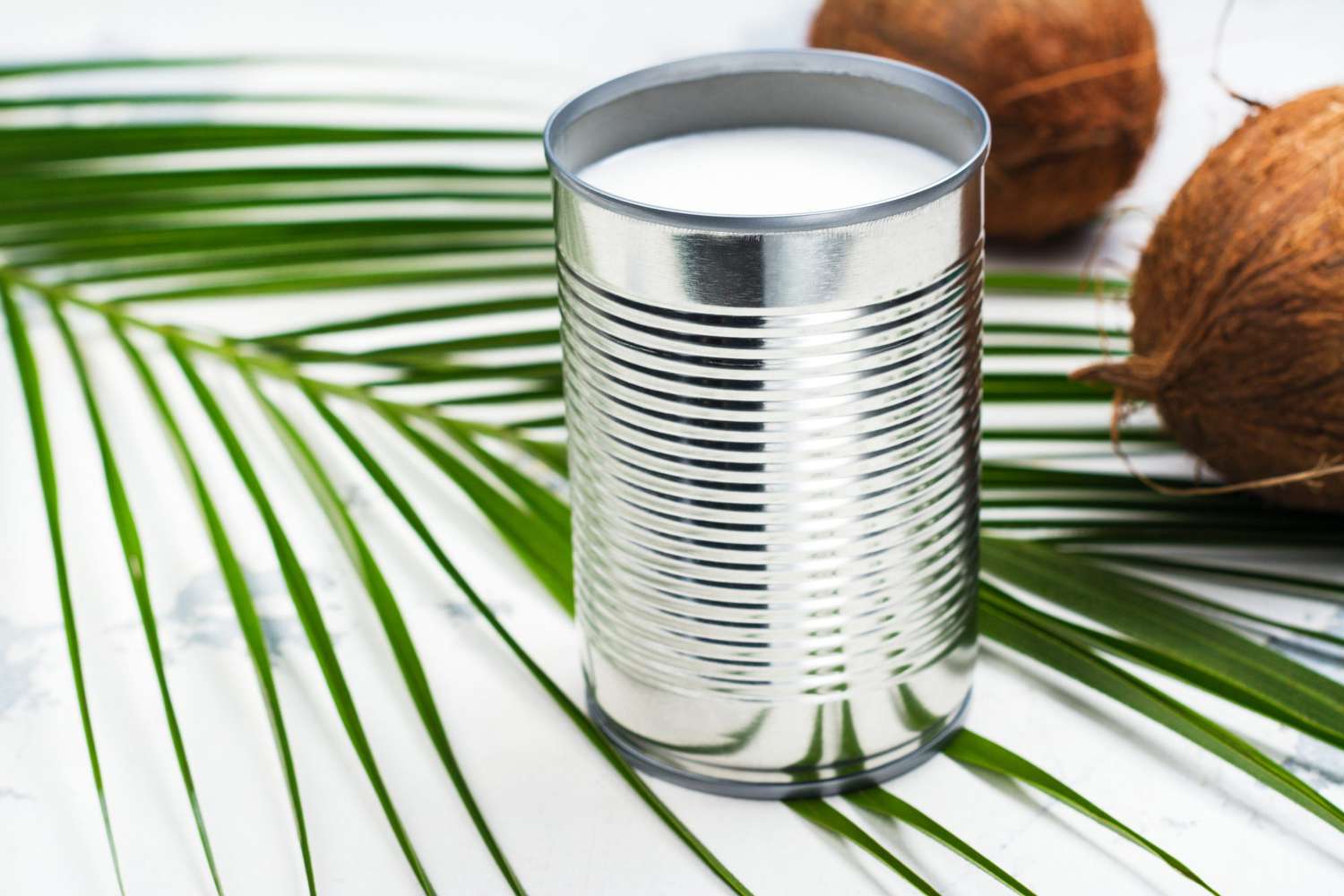
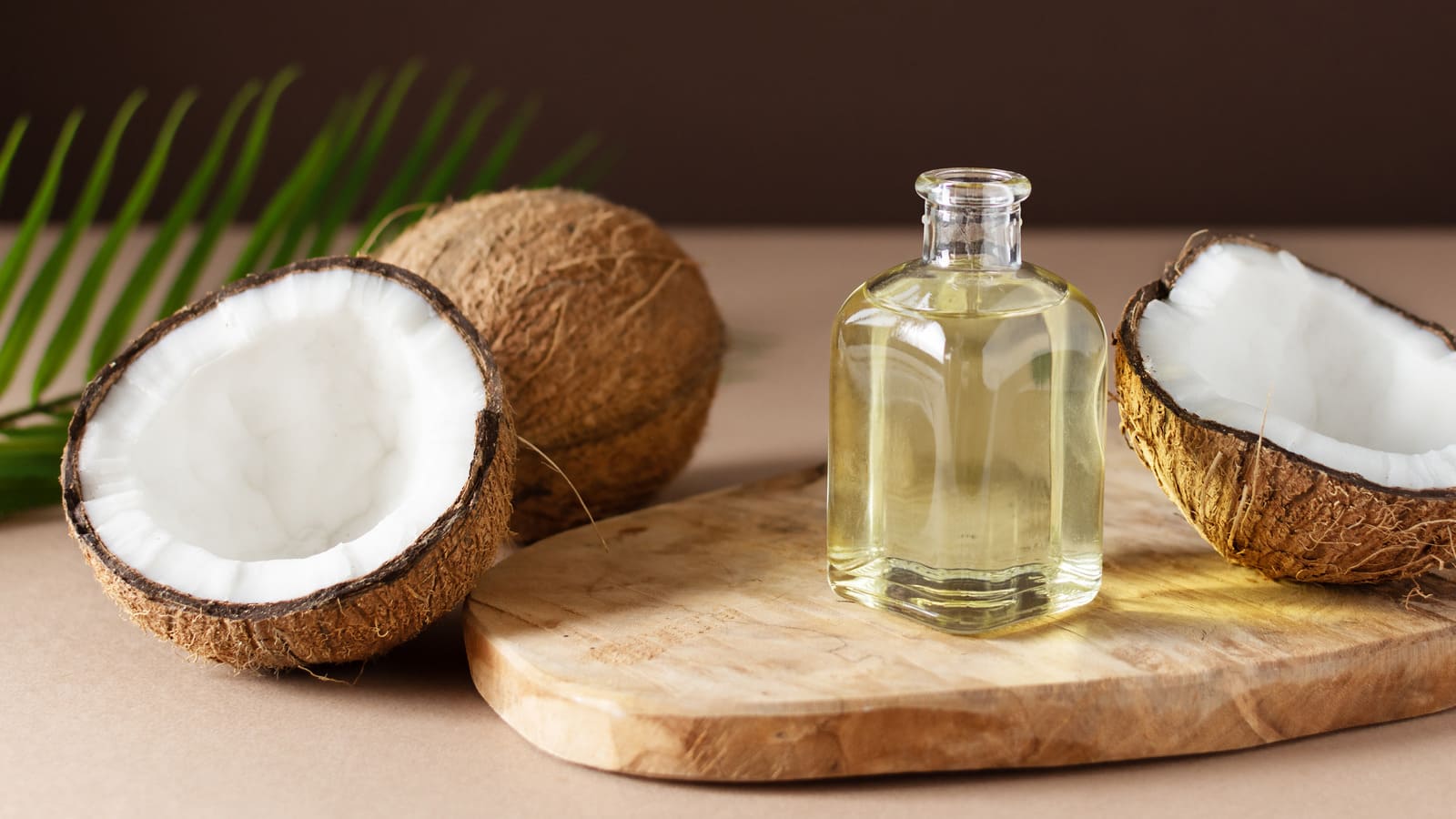



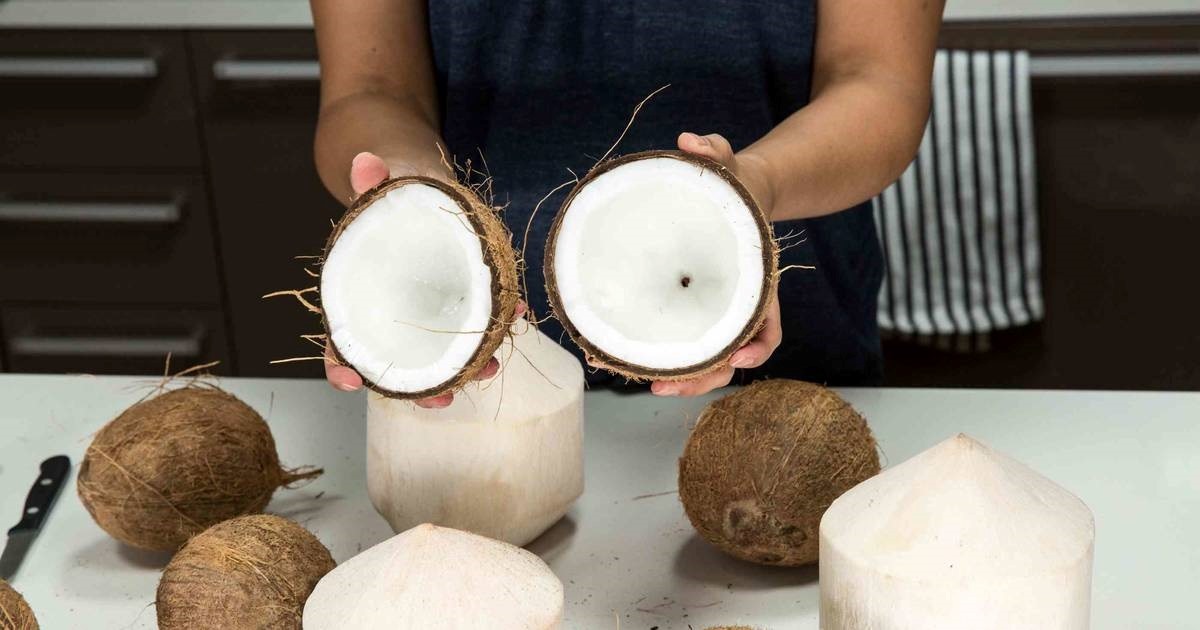
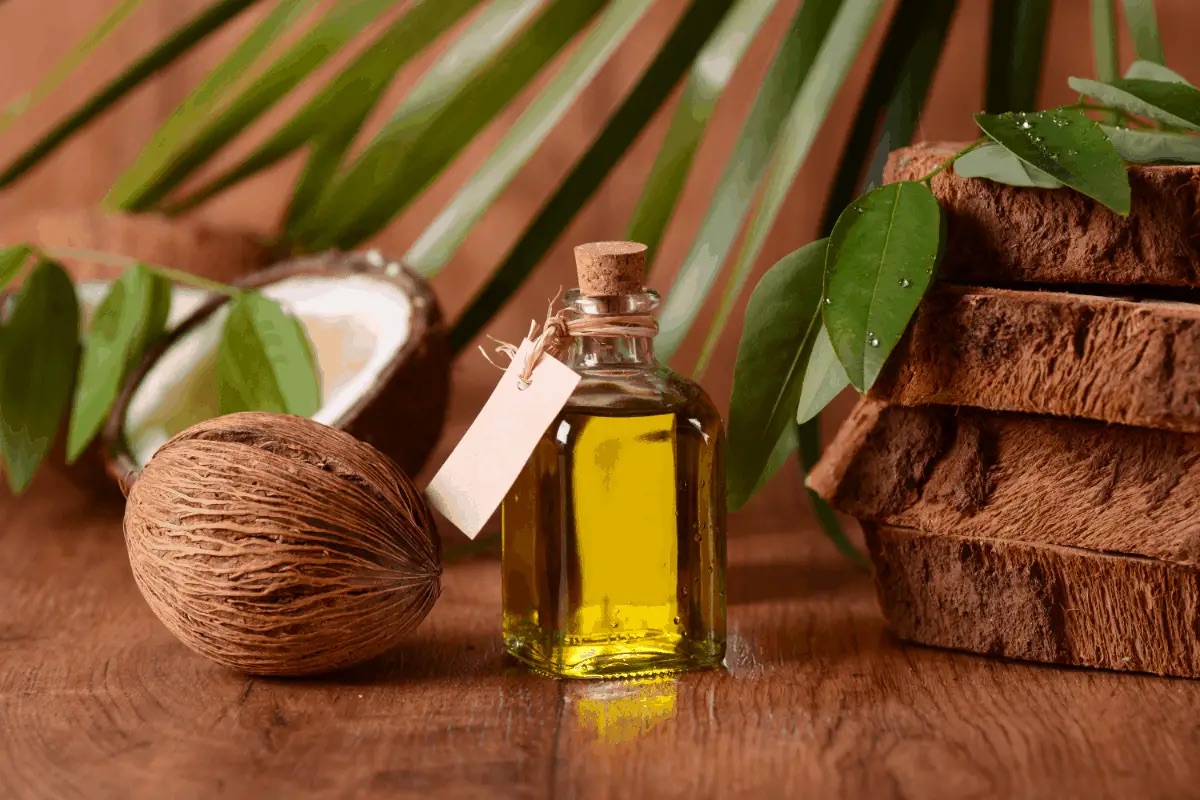

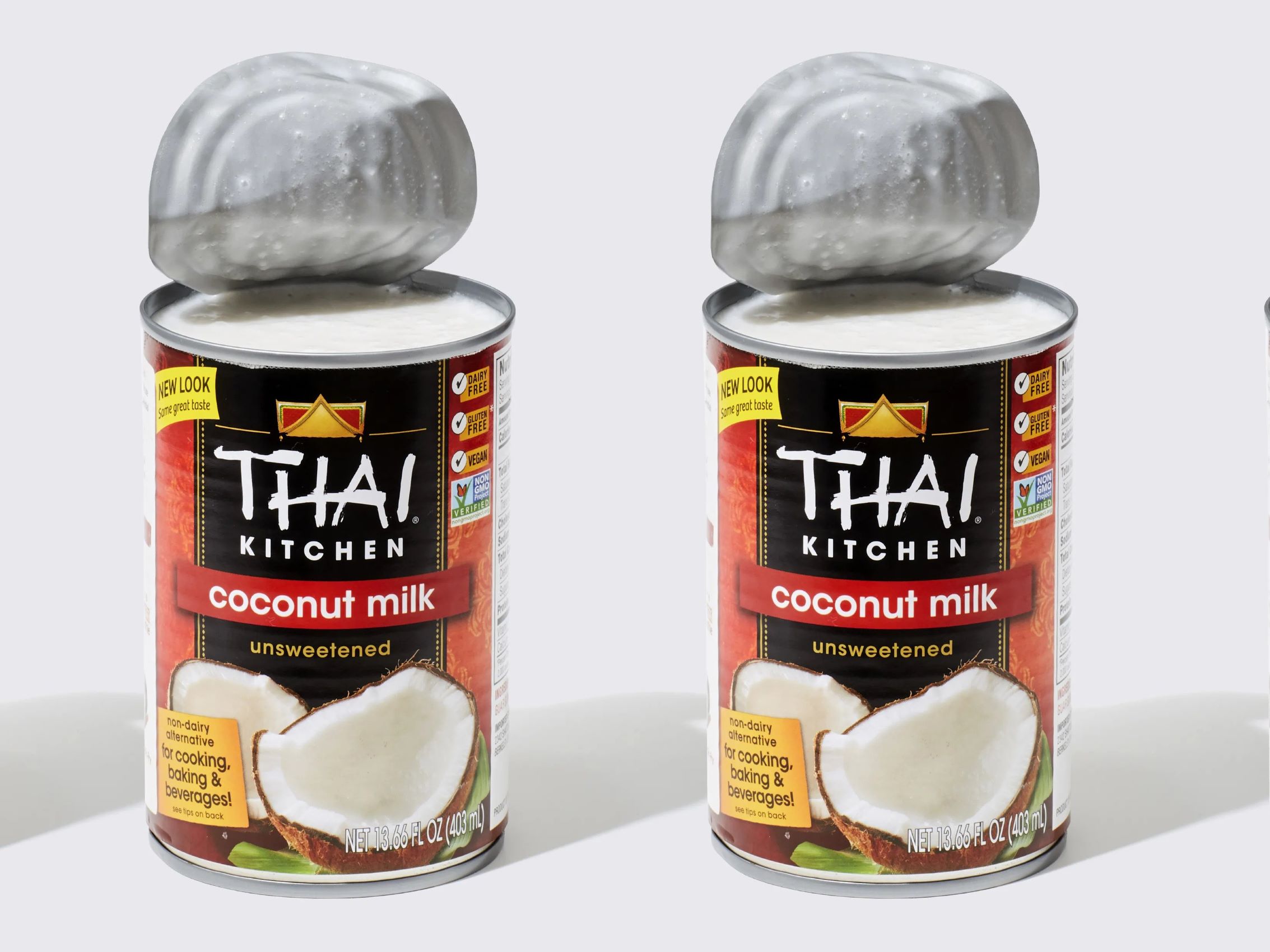
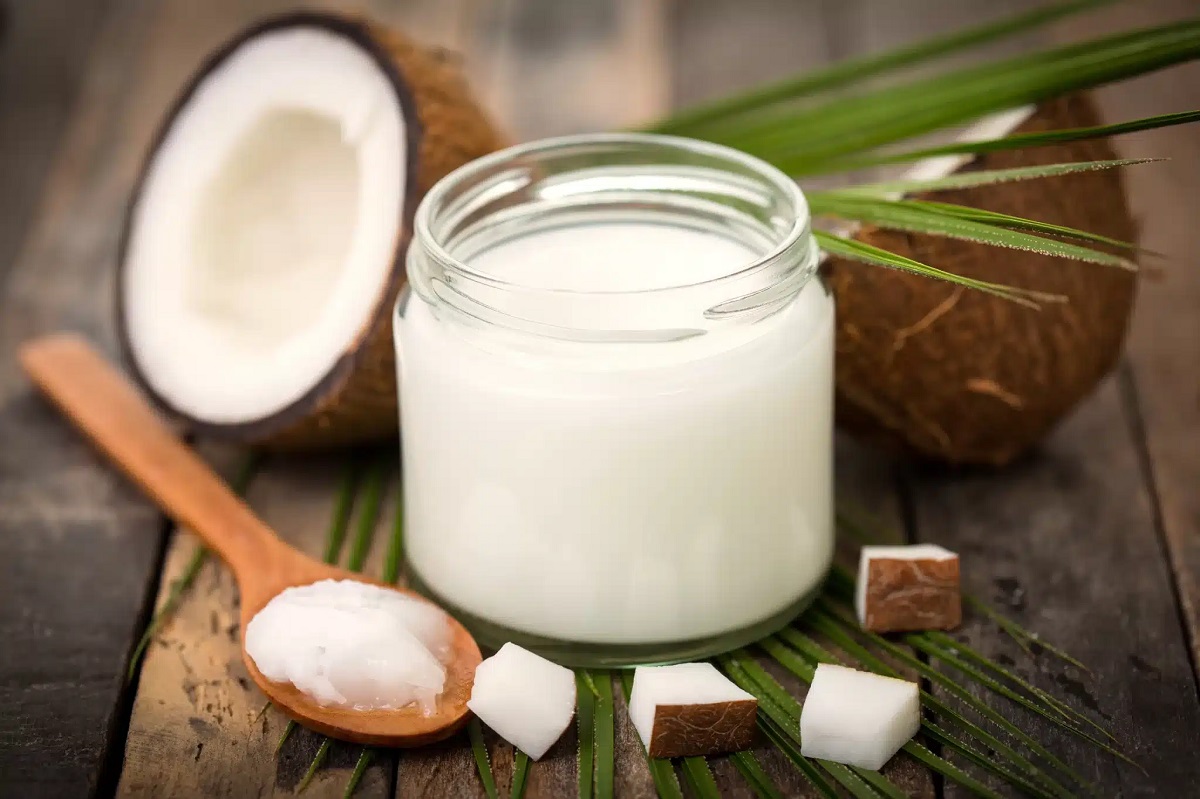
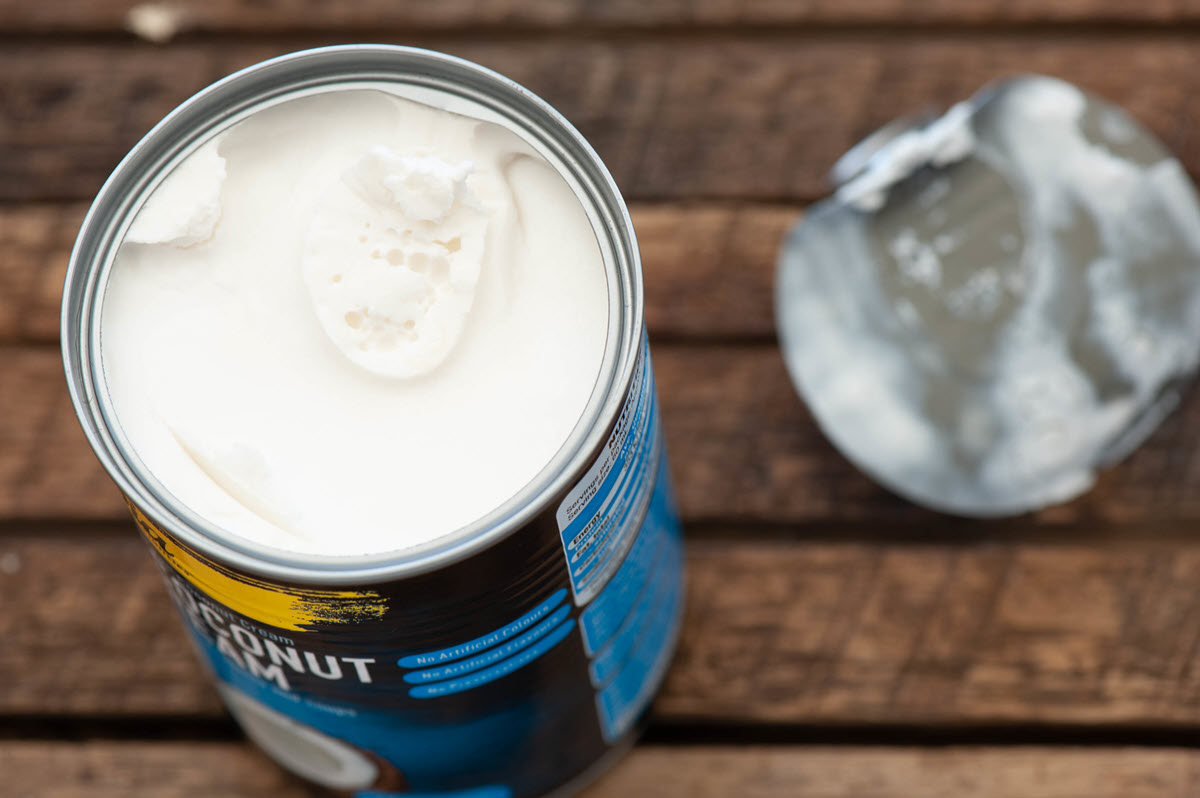



0 thoughts on “How To Store Coconut Oil After Opening”